EM@3AM: Stercoral Colitis
EMDocs
JANUARY 11, 2025
Clinical exam: 2, 3, 9 Abdominal distension and tenderness Nausea and vomiting Stool present in the rectal vault Peritonitis may be accompanied by hemodynamic instability in the case of sepsis. 2-4, 6 If there is a concern for perforation or sepsis, surgical consultation, blood cultures, empiric antibiotics, and fluids are recommended.

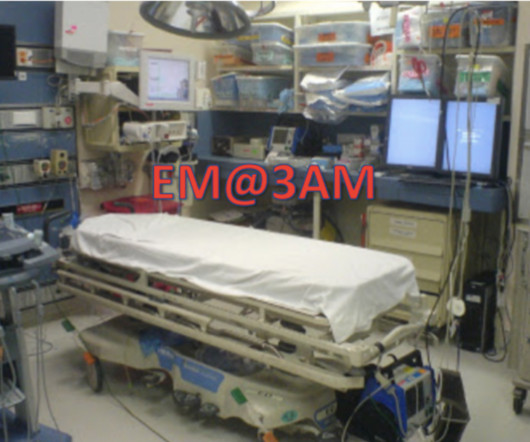



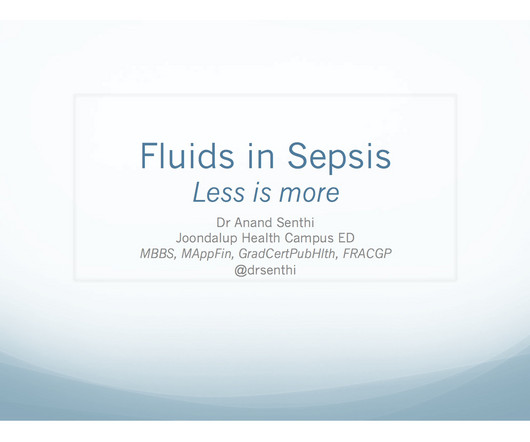



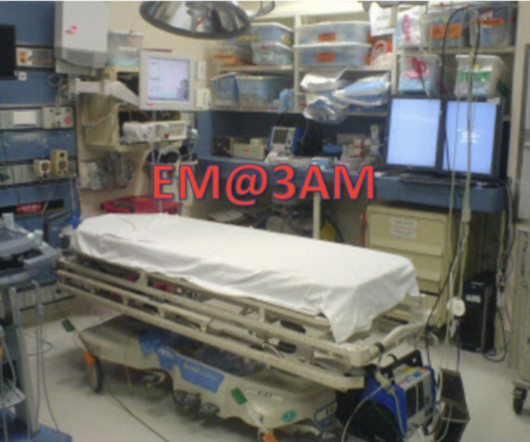







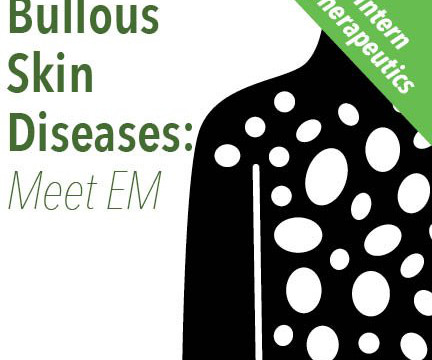




















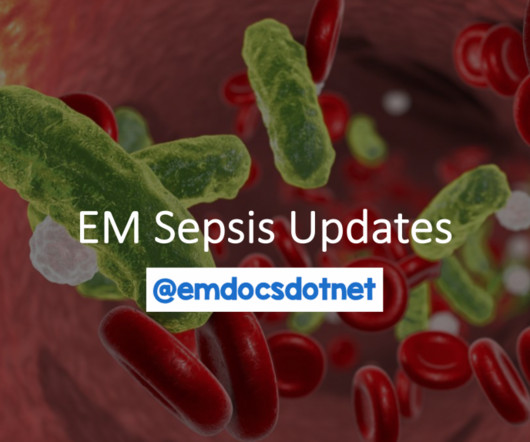



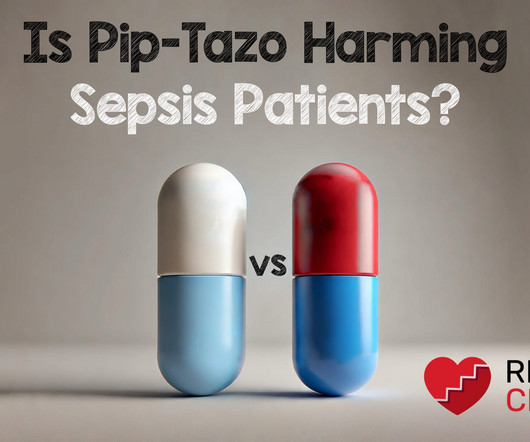








Let's personalize your content